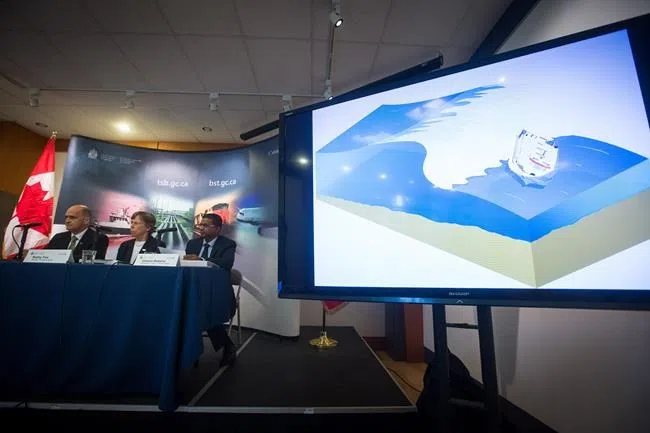
45 minutes elapsed before help notified in fatal whale-watching sinking: report
VANCOUVER — It took 45 minutes before search-and-rescue crews learned that 27 people had been dumped into the frigid waters off Vancouver Island after their whale-watching boat capsized in October 2015, the Transportation Safety Board says.
It was only by chance that a crew member spotted a flare floating in the wreckage and used it to alert nearby fishing boats, said Kathy Fox, head of the federal agency.
The safety board released its investigation of the capsizing on Wednesday, concluding that a large, breaking wave flipped the Leviathan II on October 23, 2015, killing five Britons and one Australian near the resort community of Tofino.
Fewer lives might have been lost had the federal government acted on safety recommendations that were made before the deadly accident, said Fox.


